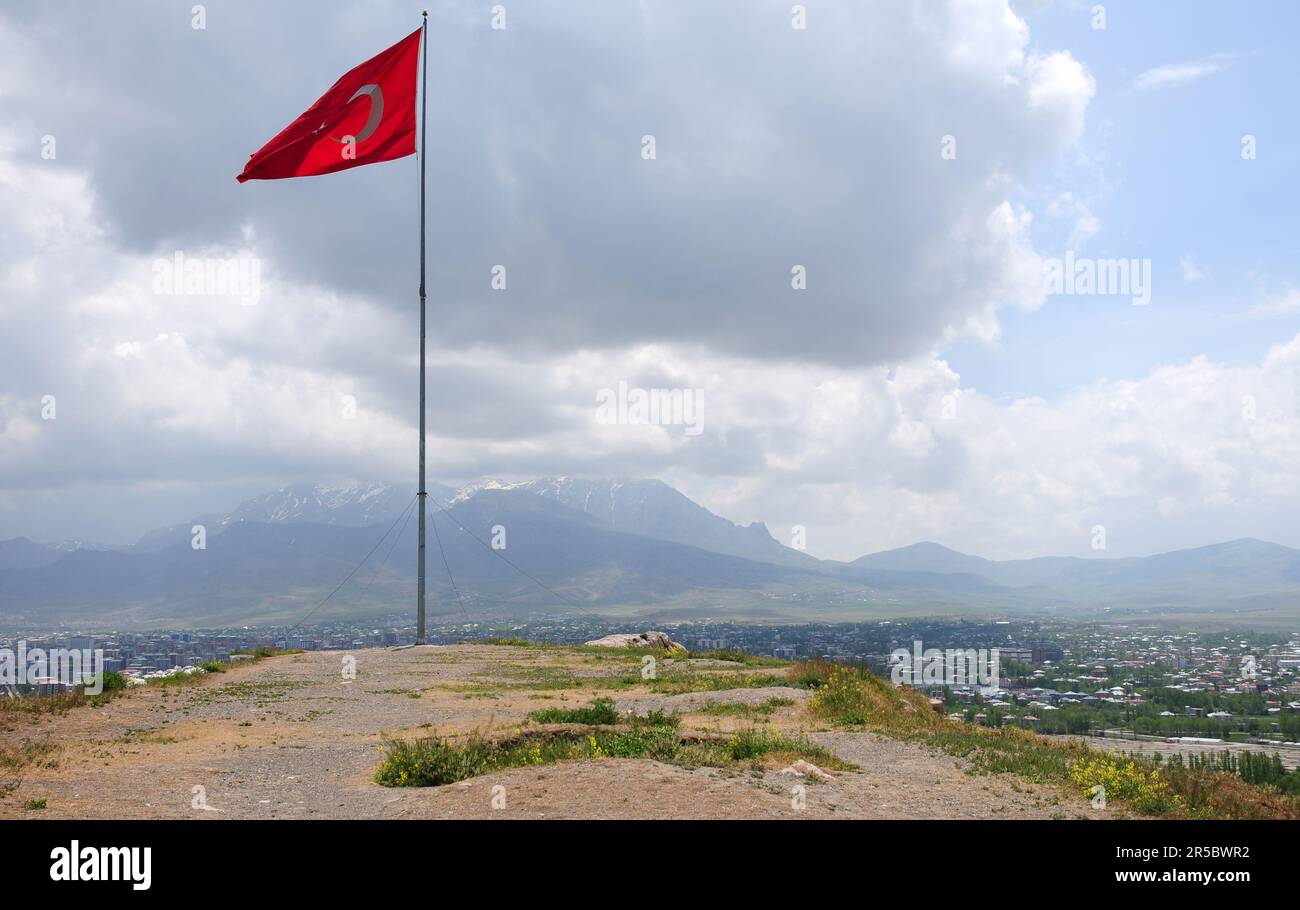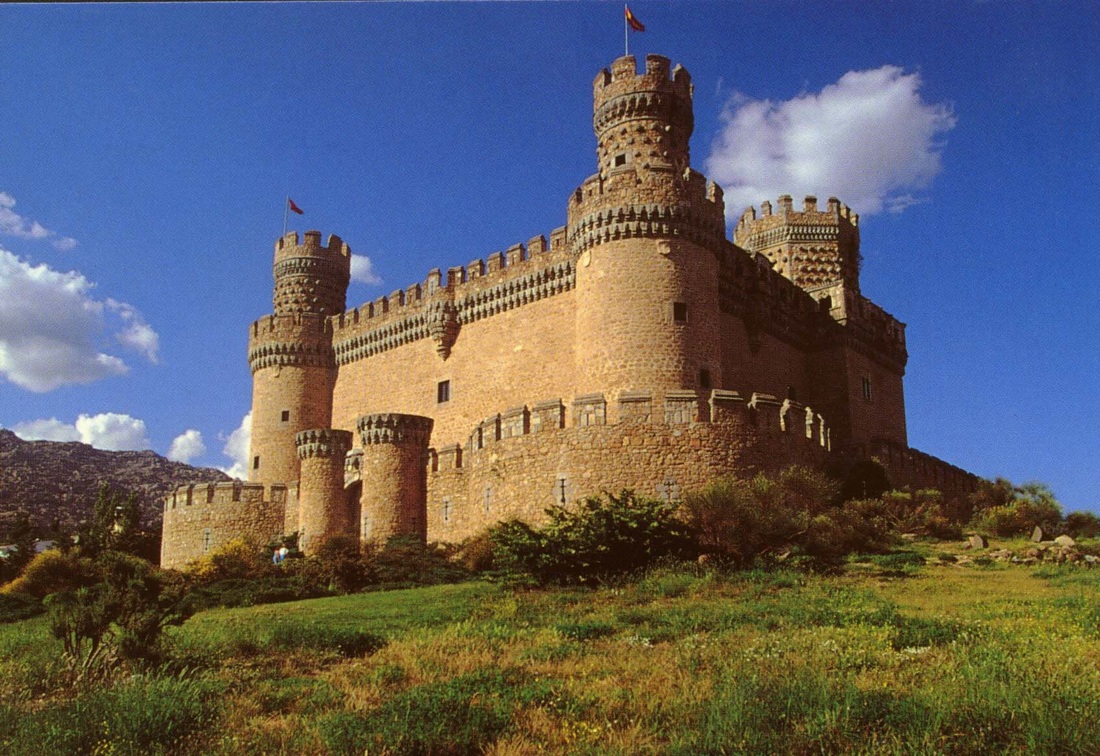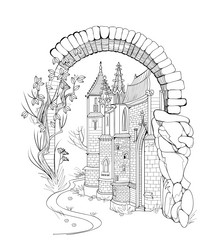

The great hall of the castle generally had a large open hearth to provide heat and light. Until then, all fires were open fires which generated lots of smoke and didn’t effectively spread heat. Fireplaces weren’t invented until the mid-medieval period.
Ancient castles windows#
Though early castles had tiny windows so were probably dark and cold, later castles had larger windows that allowed more light in. Watch Now They weren’t necessarily dark and cold Some castles even had their own lord and lady’s rooms in a totally separate building that could be defended even if the rest of the fortress fell.Īlthough we remember it predominantly for its involvement in several conflicts during the medieval period, Edinburgh Castle’s history stretches some 3,000 years, from prehistoric times right up to the present day. Often the lord and lady’s rooms were the safest part of the castle and were closely guarded in terms of who could enter. Generally, castle owners had private apartments or a bathroom with an en-suite loo and chamber where guests were welcomed. Normally the warmest room of the castle and one of the most lavishly decorated, it was the focus of hospitality and celebrations such as dances, plays or poetry recitals. The great hall was the focus of the castle. Large castles and manor houses normally had a great hall, bed chambers, solars (sitting rooms), bathrooms and garderobes, gatehouses and guardrooms, kitchens, pantries, larders and butteries, chapels, cabinets (libraries) and boudoirs (dressing rooms), storerooms and cellars, ice houses, dovecots, apartments and sometimes even dungeons. Early medieval castles and smaller ones throughout the period generally consisted of a single tower with each level containing a single room. It dates from 1344.ĭifferent castles naturally had different amounts of rooms. The great hall of Chillingham Castle, a medieval castle in the village of Chillingham in the northern part of Northumberland, England. In his absence, the day-to-day domestic affairs would be run by the lady of the castle.

His servants such as his groom and chamberlain would travel with him. Sometimes, the lord alone would be called away for other business. Other times, such as when the lady was close to giving birth and just after, would be less busy. Festivities such as Easter and Christmas meant that guests would flood the castle, who might stay for months at a time. The lord and lady and their servants – who could number anywhere from 30 to 150 people – would move from castle to castle with their beds, linen, tapestries, tableware, candlesticks and chests, meaning that most rooms in the castle at any given time would be shut up.Ĭastles would be more or less busy depending on the time of year.


Though castles were homes, they weren’t permanent residences. Here’s an introduction to life in a medieval castle. Primarily built in England and Wales after 1066, castles cemented the new system of feudalism, where people worked and fought for nobles in exchange for loyalty, protection and the use of land.Īs a fortress as well as a home, a medieval castle was effectively a symbol of the lord’s power and, with its hierarchy and festivities, represented a cross-section of medieval life more widely.īut what was life really like in a medieval castle? Was it really as lavish and luxurious as we’re sometimes led to believe, or was it cold, dark and difficult?
Ancient castles full#
Once upon a time, castles were full of life, loud noises, terrible smells, grand lords and ladies, endless servants, fierce knights and juggling jesters.


 0 kommentar(er)
0 kommentar(er)
